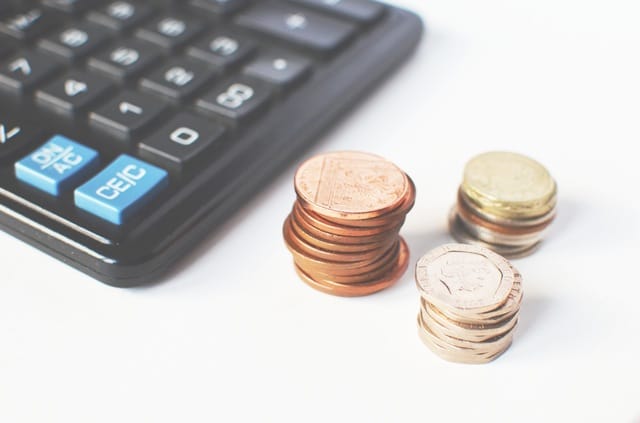The PAYE Scheme: What It Is and How It Works
PAYE stands for Pay As You Earn and it is how millions of UK workers pay their income tax and national insurance. Take a closer look at how the system works belowPAYE is the UK’s Pay As You Earn System and is how millions of people across the country pay their tax and national insurance contributions.
Essentially, your employer deducts tax and national insurance from your wages before the wages are paid. It is administered by HMRC, Her Majesty’s Revenue and Customs.
Tax is paid over a whole year each time your are paid which means that in each of your wages (whether you are paid monthly or weekly), you pay a percentage of your yearly tax bill rather than paying it in one lump sum. Wages can also include sick pay, maternity, paternity or adoption.

Tax codes
HMRC tells your employer how much tax to deduct from your wage. They do this by providing the with a tax code that is made up of a number followed by a letter.
Where to find out your tax code
If you have been issued a PAYE tax code you can find it on:
- Pay slip
- Pension statement (if you have one in payment)
- Notice of coding letter from the HMRC

What does the letter in my tax code mean?
The letter at the end of your tax code always has a meaning depending upon the letter used.
There are a number of different letters used, some of the most common being
- L – For those people born after 5 April 1948 and who are eligible for the basic personal allowance
- P – This is if you were born between 6 April 1938 and 5 April 1948 and entitles you to a full age-related personal allowance
- Y – This is for those people born before 6 April 1938 and who are entitled to a full age-related personal allowance
- DO: This is used if all your income from one job or pension is taxed at the higher 40% tax rate (this is usually because you have more than one job or pension)
- NT: You are not required to pay tax
What does the number in my tax code mean?
The number in your tax code is simply the amount (if you add a zero) of allowances you have less any amount to be taken away to cover other benefits or income. To put it simply, it is the amount of money you are allowed to earn per year before paying tax.
Therefore, if you have the tax code 1100L, it means that you are born after 5 April 1948 and are entitled to the full personal allowance of £11,000.

How much tax will I pay?
Essentially, the amount of tax you pay is dependent upon your salary. If your tax code is 1100L for example you can earn up to £11,000 without paying any tax. Over that amount and you will pay 20% of that to the HMRC. Earn more than £42,385 and money over this amount will be subject to income tax at 40%.
If I have a query about PAYE, who should I contact?
Your first port of call should be your company’s payroll department.
Other sources of advice include:
- HMRC – https://www.gov.uk/government/organisations/hm-revenue-customs
- Ctizens Advice Bureau – www.citizensadvice.org.uk


